Sibylle Ruppert
Frenzy of the Visible
PNI, London

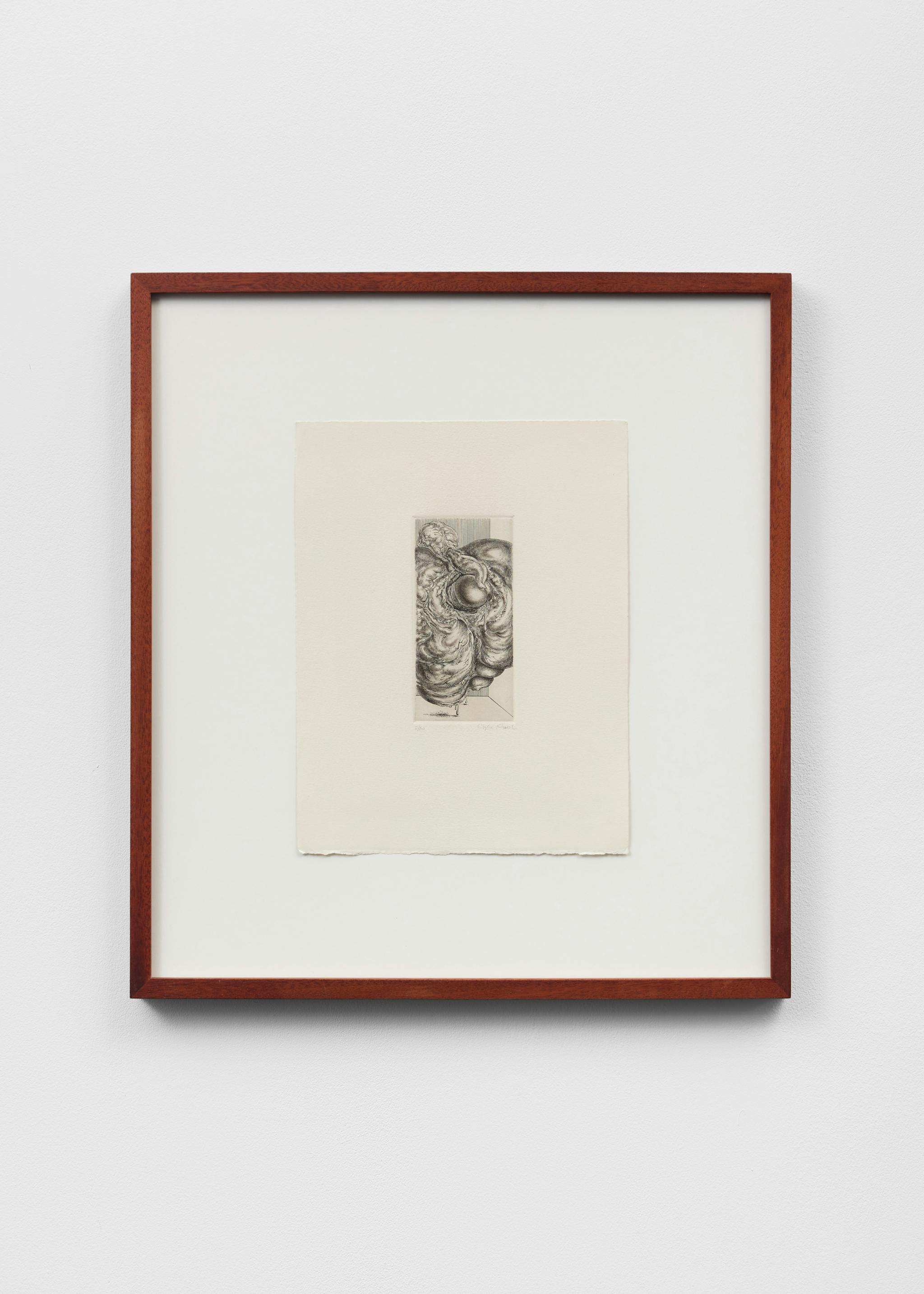
Sibylle Ruppert
A Sade
1972
Etching, framed
55 x 50 x 3 cm
21 5/8 x 19 3/4 x 1 1/8 in
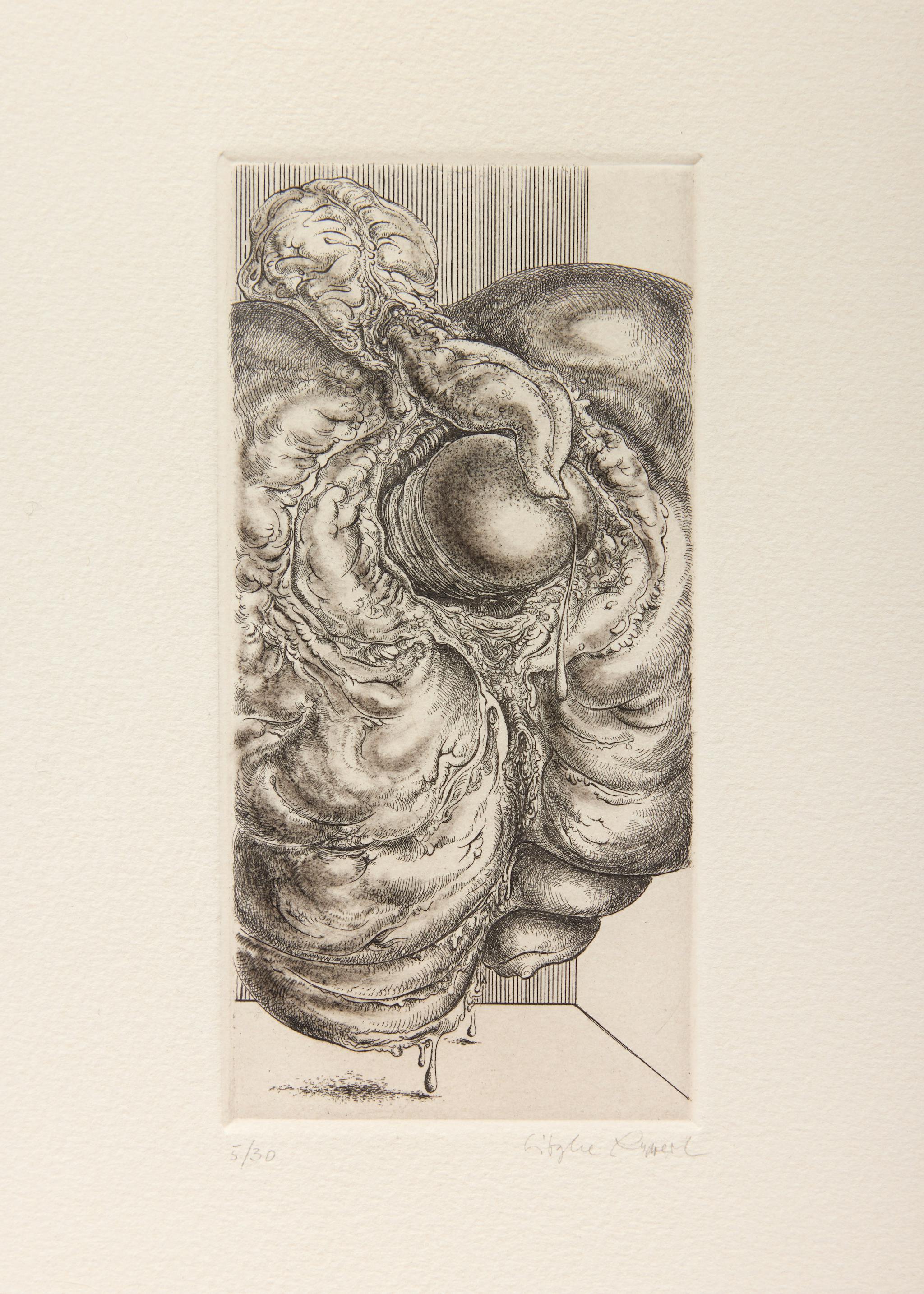
Sibylle Ruppert
Detail: A Sade
1972
Etching, framed
55 x 50 x 3 cm
21 5/8 x 19 3/4 x 1 1/8 in
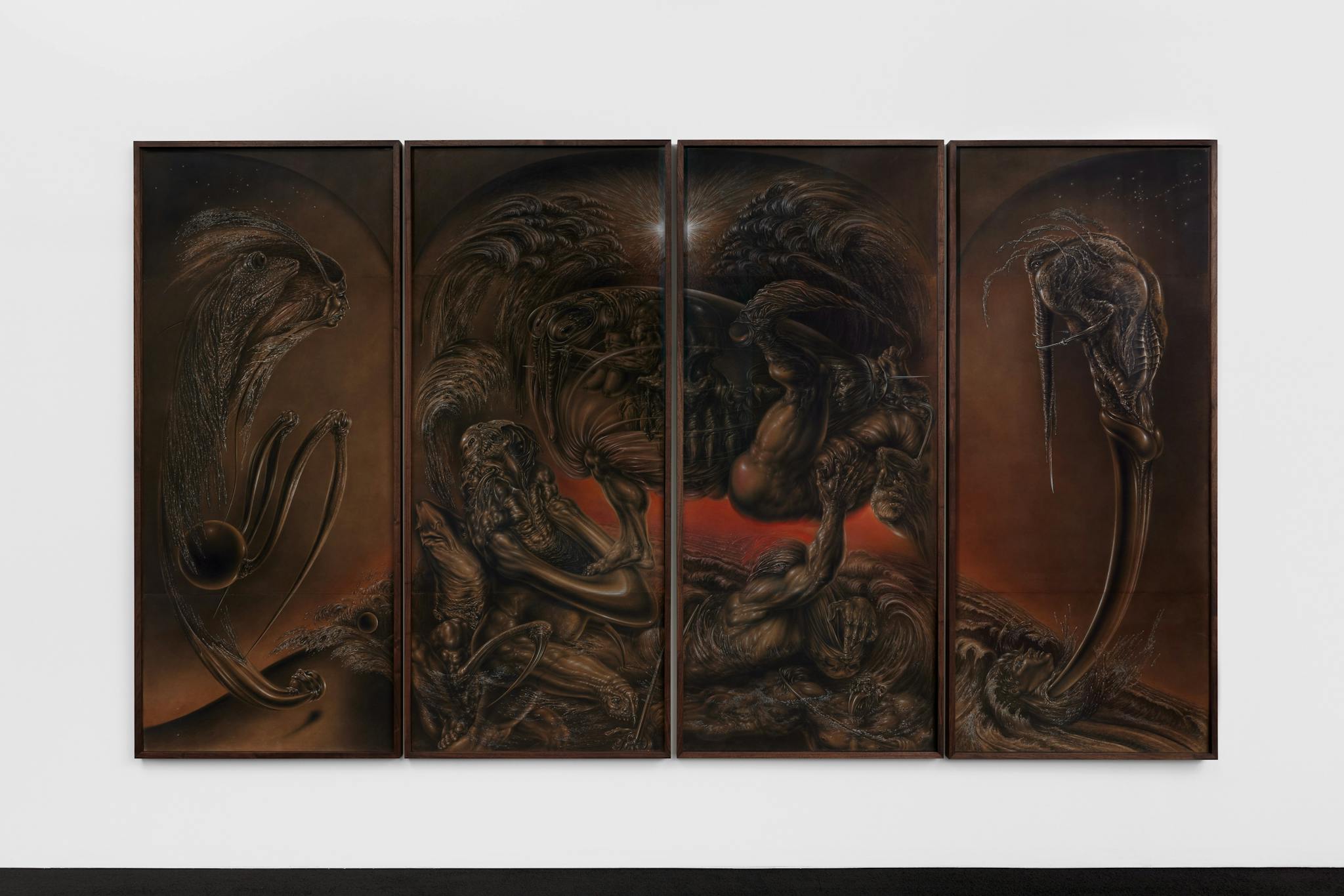
Sibylle Ruppert
La Bible du Mal
1978
Crayon and charcoal on paper, framed
203 x 367 x 4
79 7/8 x 144 1/2 x 1 5/8 in
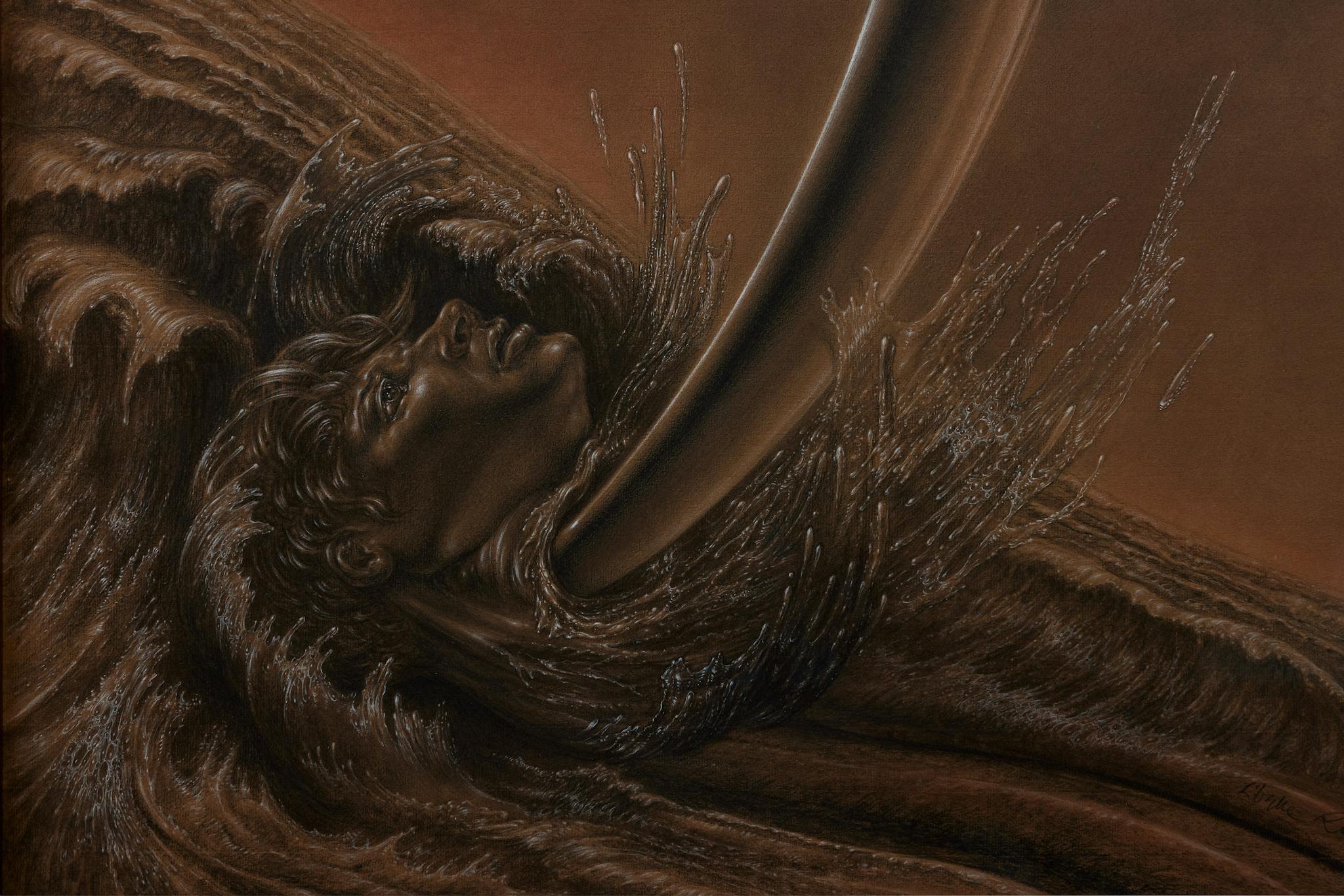
Sibylle Ruppert
Detail: La Bible du Mal
1978
Crayon and charcoal on paper, framed
203 x 367 x 4
79 7/8 x 144 1/2 x 1 5/8 in
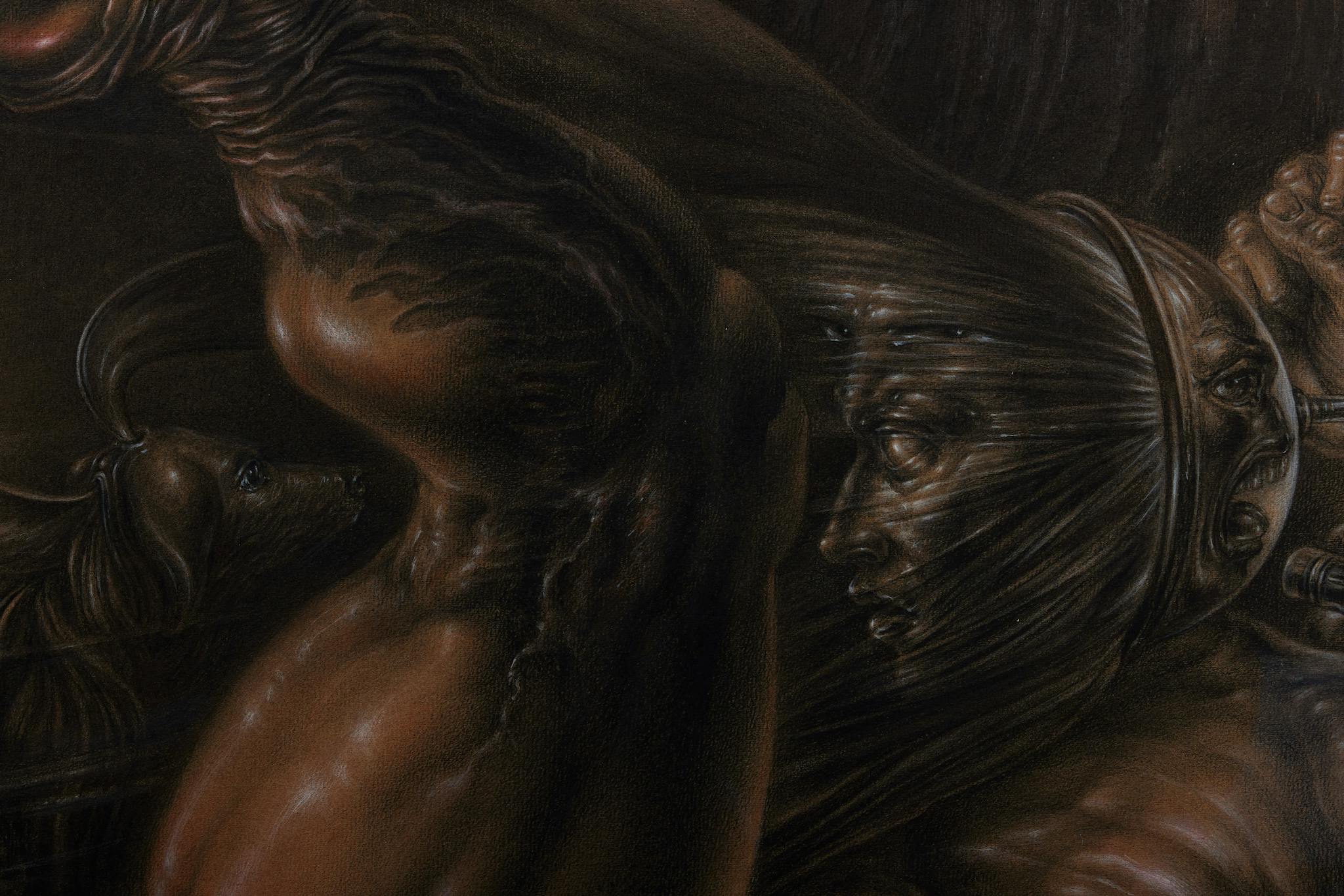
Sibylle Ruppert
Detail: La Bible du Mal
1978
Crayon and charcoal on paper, framed
203 x 367 x 4
79 7/8 x 144 1/2 x 1 5/8 in

Installation View
Sibylle Ruppert
Frenzy of the Visible, 2024
Project Native Informant, London
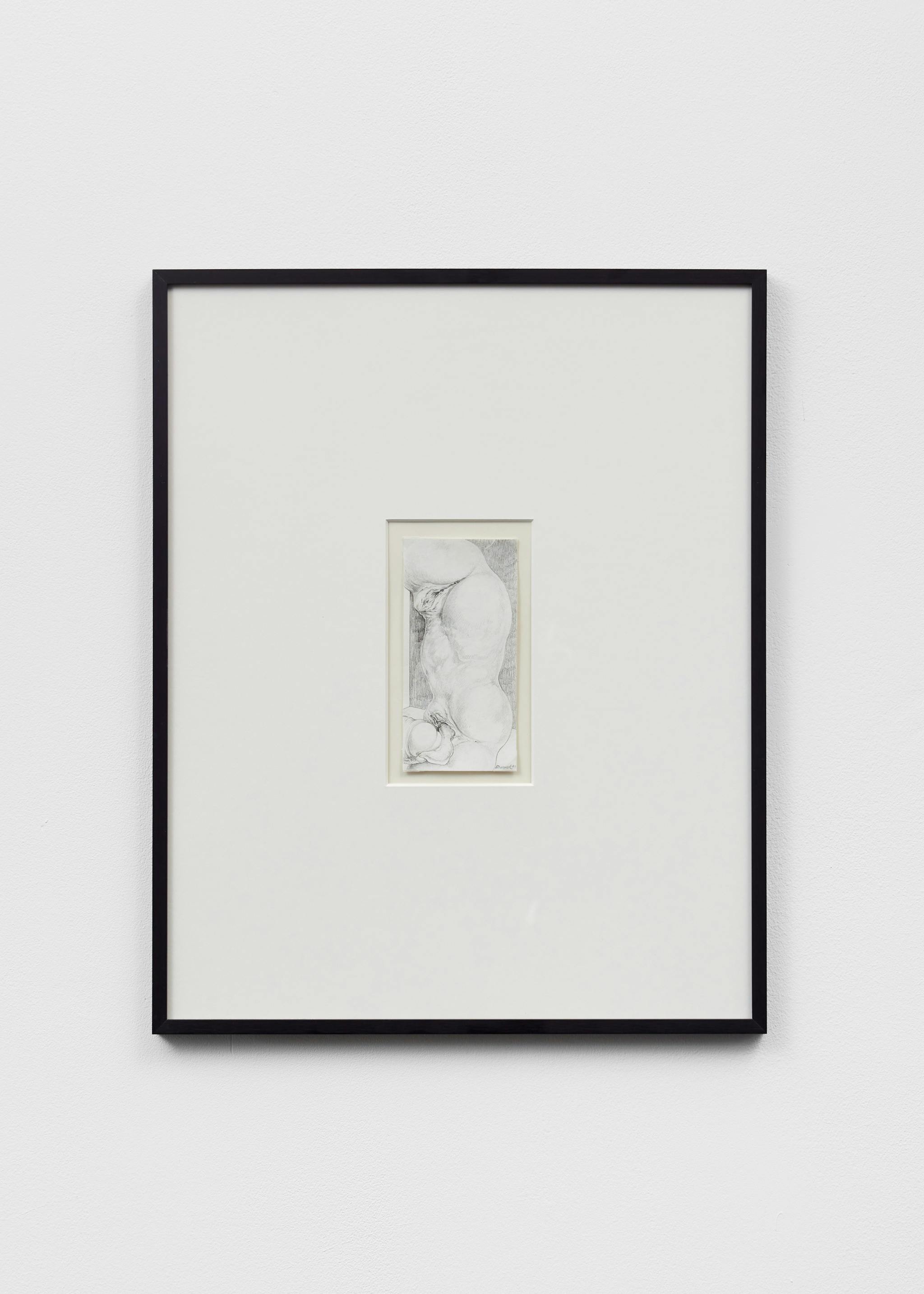
Sibylle Ruppert
Untitled
1971
Pencil on paper, framed
51 x 41 x 2 cm
20 1/8 x 16 1/8 x 3/4 in
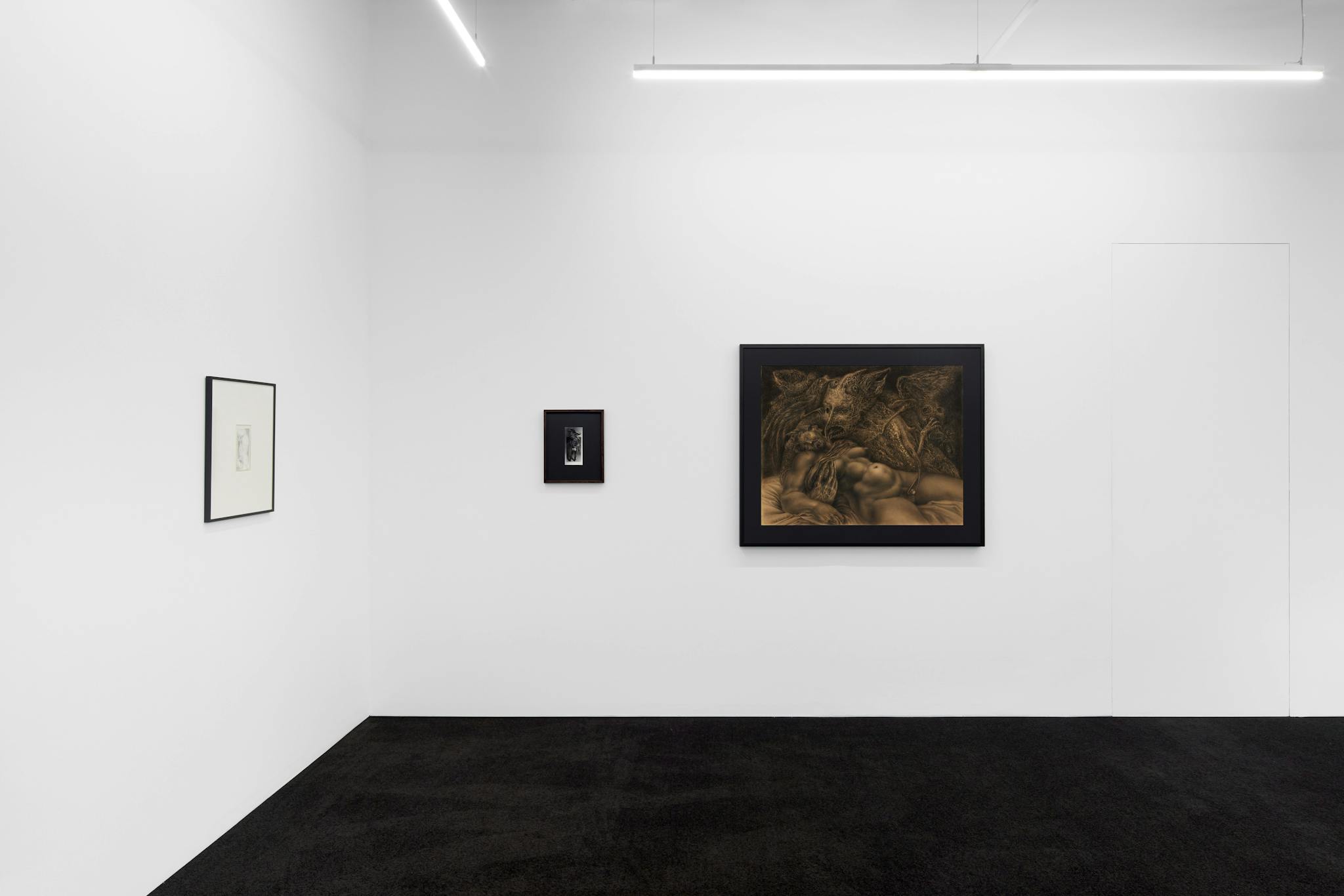
Installation View
Sibylle Ruppert
Frenzy of the Visible, 2024
Project Native Informant, London
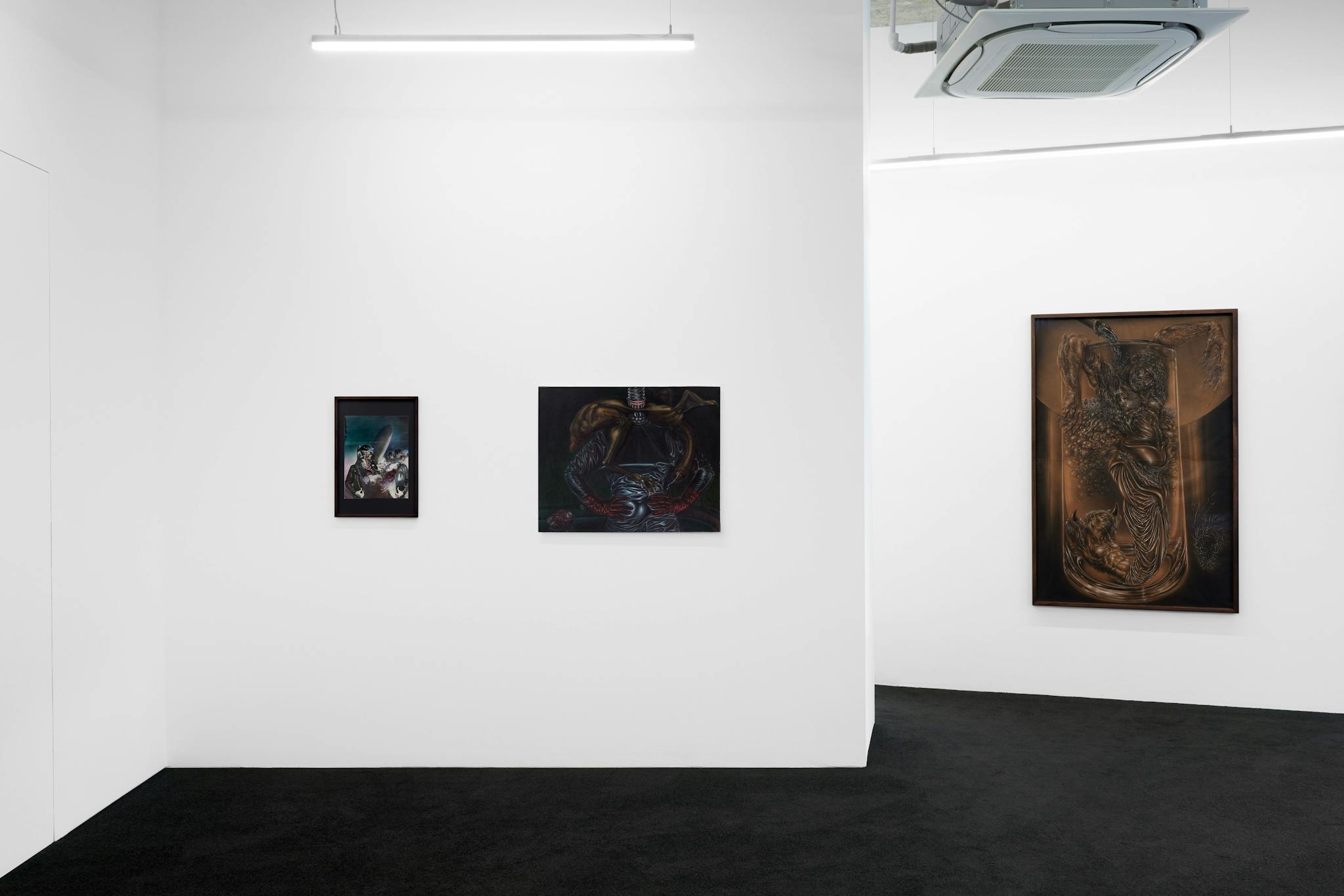
Installation View
Sibylle Ruppert
Frenzy of the Visible, 2024
Project Native Informant, London
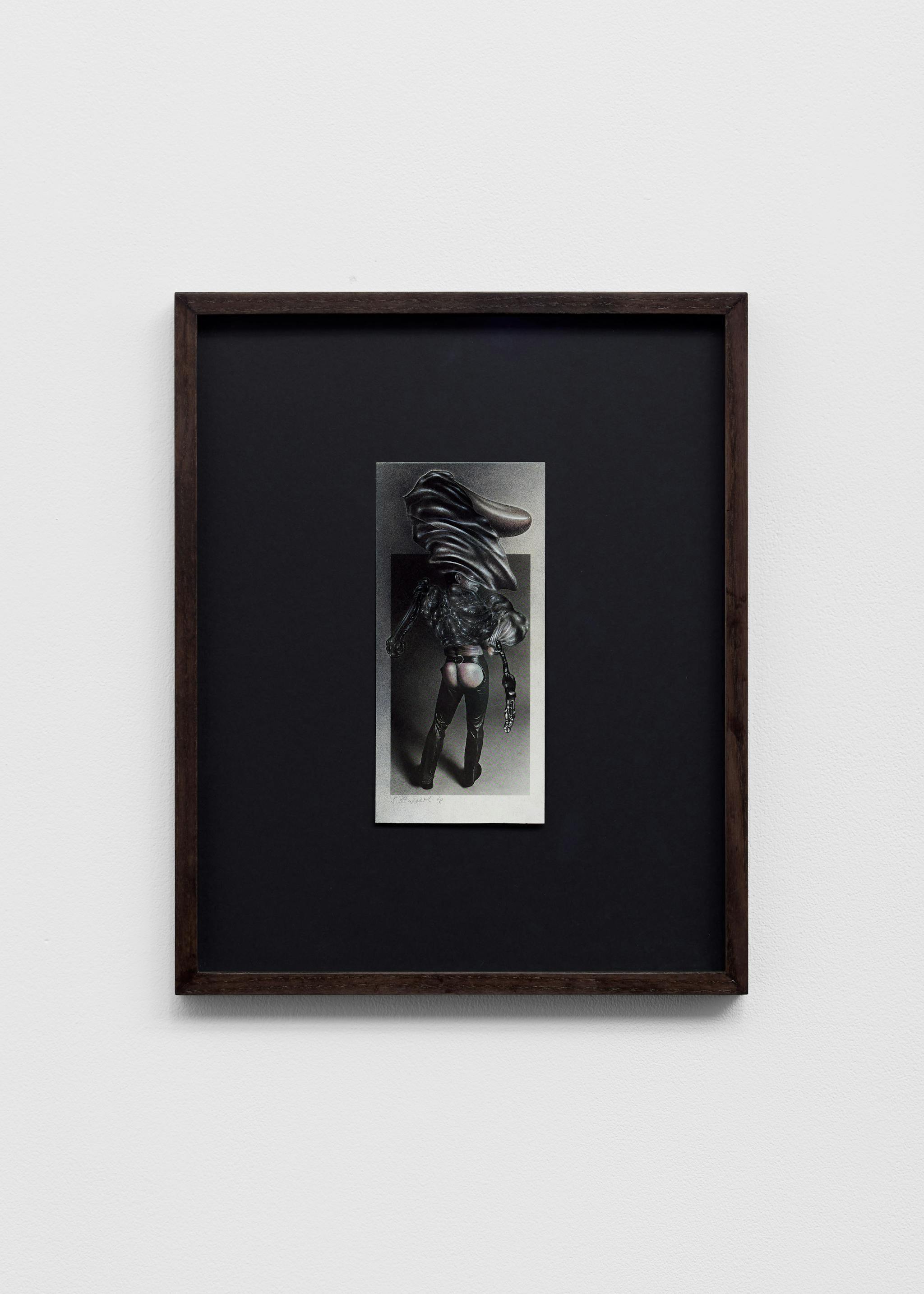
Sibylle Ruppert
Pour l'Anniversaire de B.A
1978
Collage with airbrush, framed
38 x 31 x 3 cm
15 x 12 1/4 x 1 1/8 in

Sibylle Ruppert
Ma Soeur mon Epouse
1975
Charcoal on paper, framed
103 x 125 x 4 cm
40 1/2 x 49 1/4 x 1 5/8 in
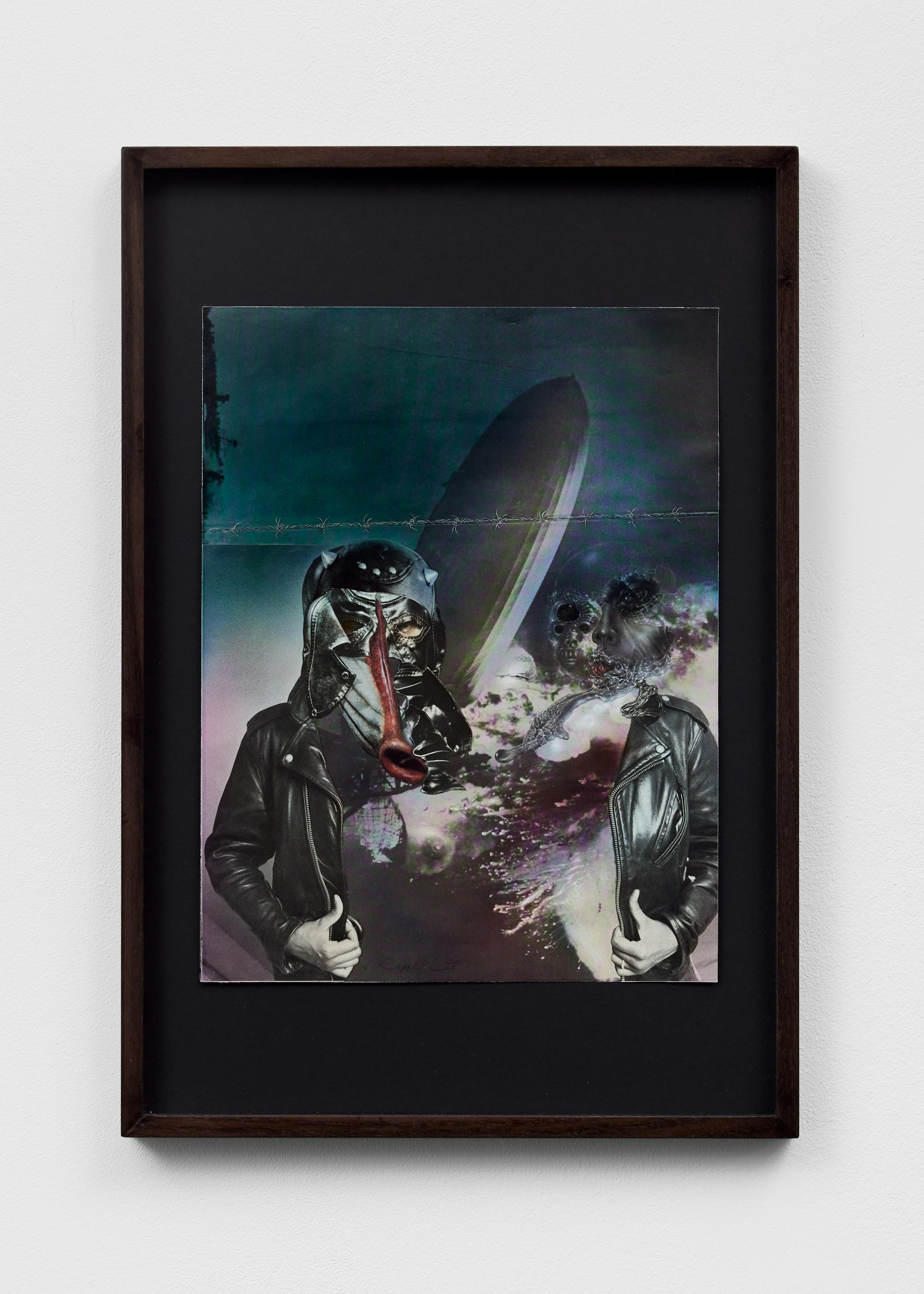
Sibylle Ruppert
Le sign / zeppelin
1978
Collage, framed
54 x 37 x 2.5 cm
21 1/4 x 14 5/8 x 1 in

Sibylle Ruppert
Detail: Le sign / zeppelin
1978
Collage, framed
54 x 37 x 2.5 cm
21 1/4 x 14 5/8 x 1 in

Sibylle Ruppert
Le Sacrifice
1980
Oil and tempera on canvas
65 x 81 x 2 cm
25 5/8 x 31 7/8 x 3/4 in

Sibylle Ruppert
Detail: Le Sacrifice
1980
Oil and tempera on canvas
65 x 81 x 2 cm
25 5/8 x 31 7/8 x 3/4 in
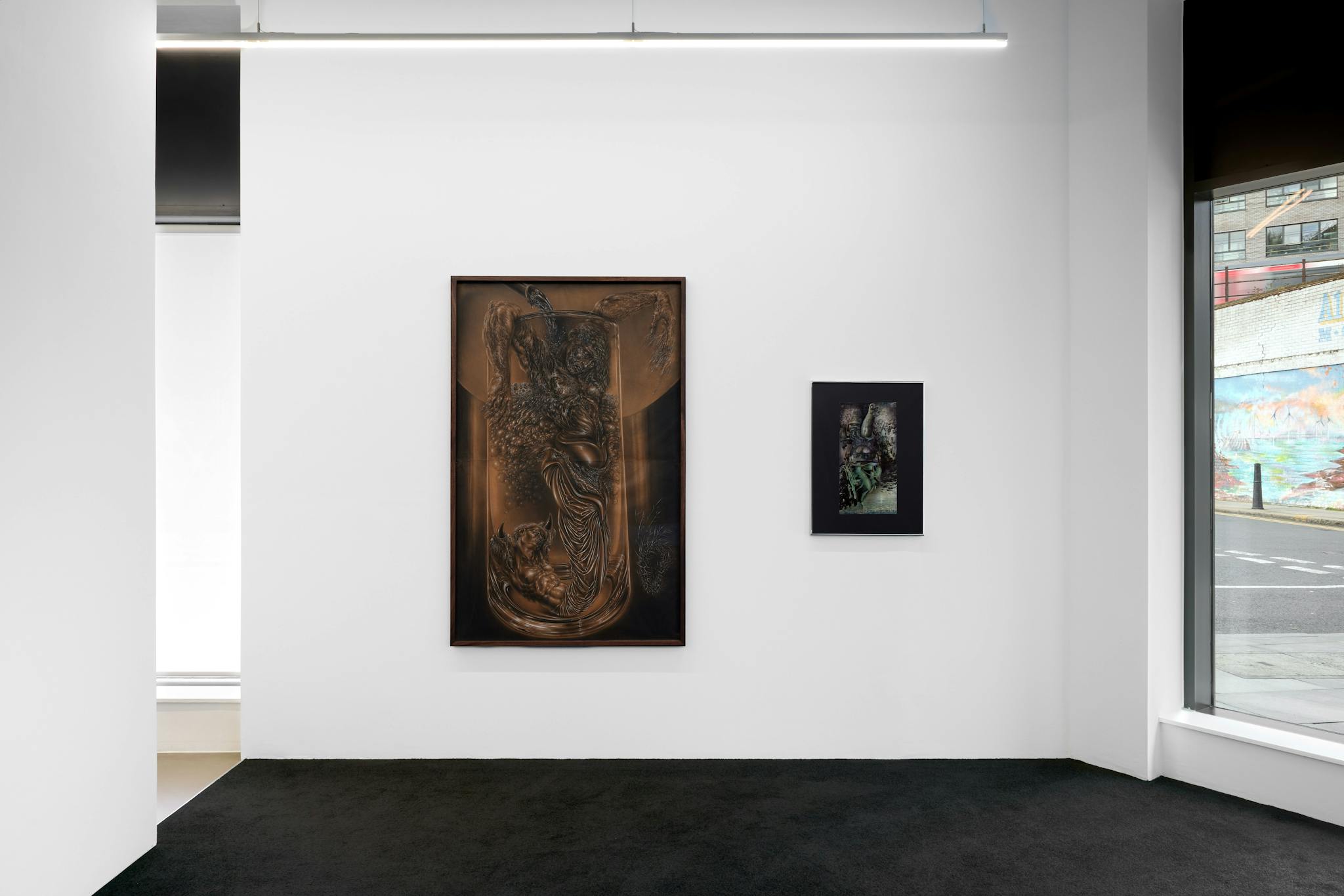
Installation View
Sibylle Ruppert
Frenzy of the Visible, 2024
Project Native Informant, London
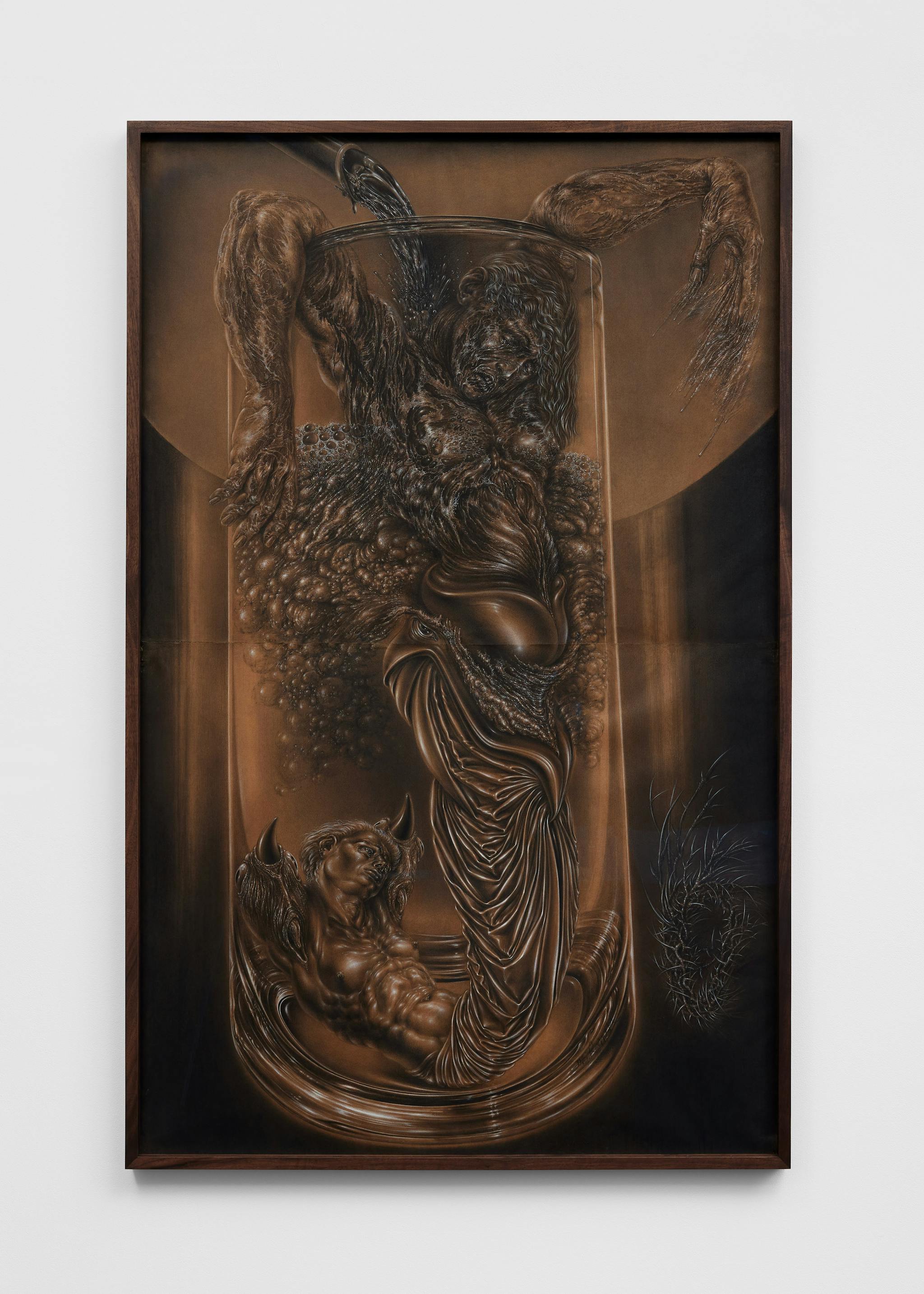
Sibylle Ruppert
J'ecrasai le Ver luisant
1979
Charcoal on paper, framed
170 x 108.5 x 4 cm
66 7/8 x 42 3/4 x 1 5/8 in
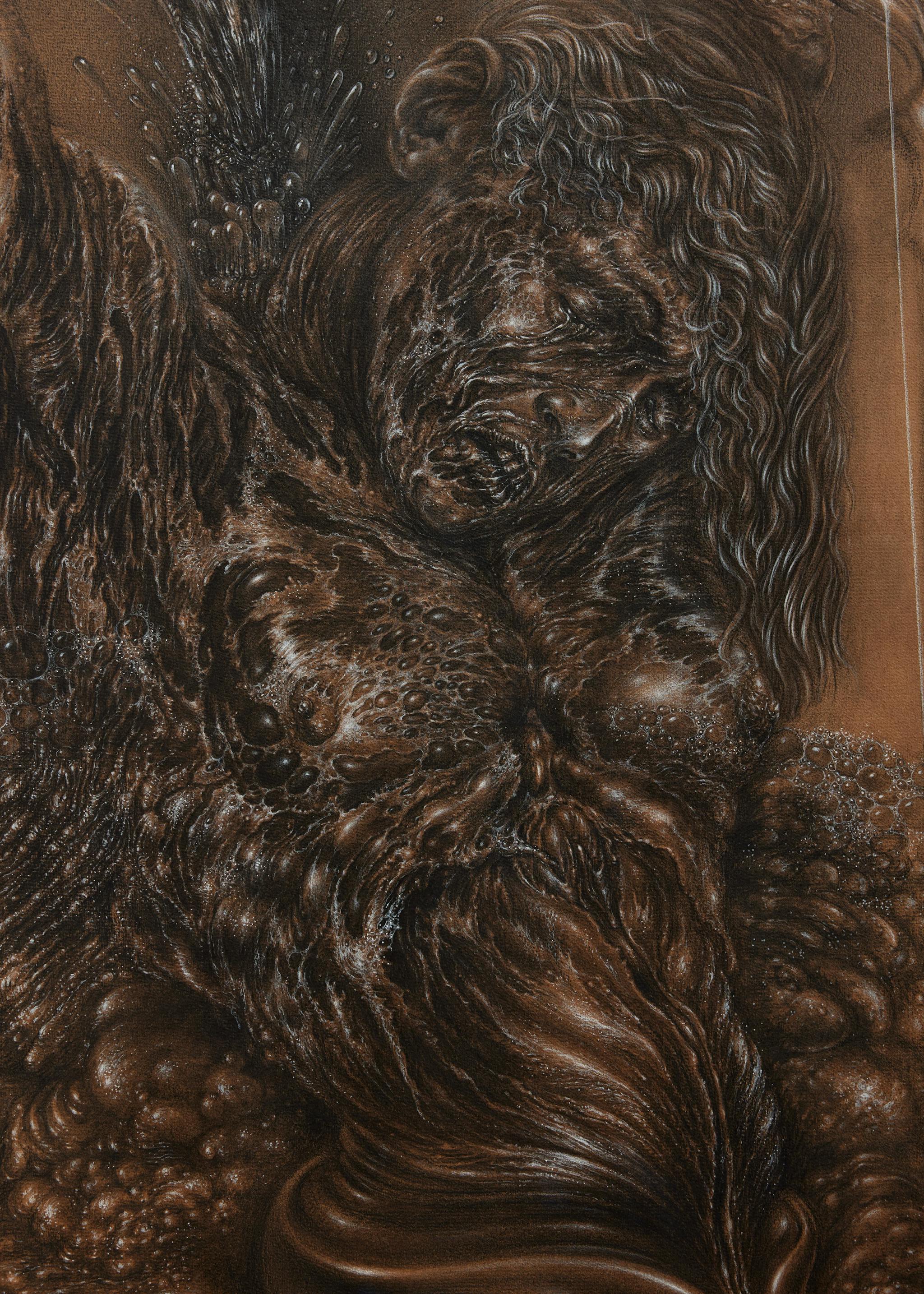
Sibylle Ruppert
Detail: J'ecrasai le Ver luisant
1979
Charcoal on paper
170 x 108.5 x 4 cm
66 7/8 x 42 3/4 x 1 5/8 in
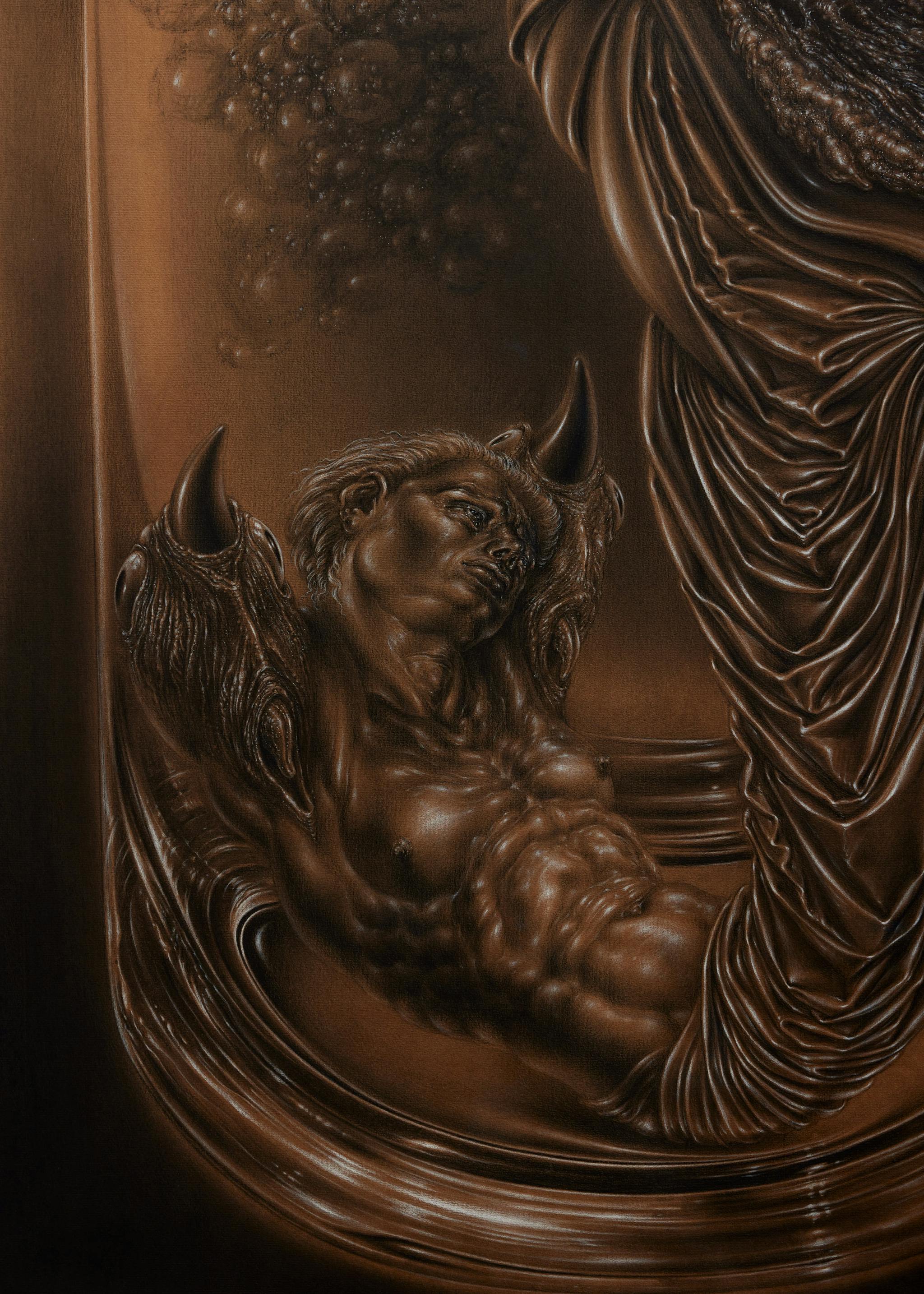
Sibylle Ruppert
Detail: J'ecrasai le Ver luisant
1979
Charcoal on paper
170 x 108.5 x 4 cm
66 7/8 x 42 3/4 x 1 5/8 in
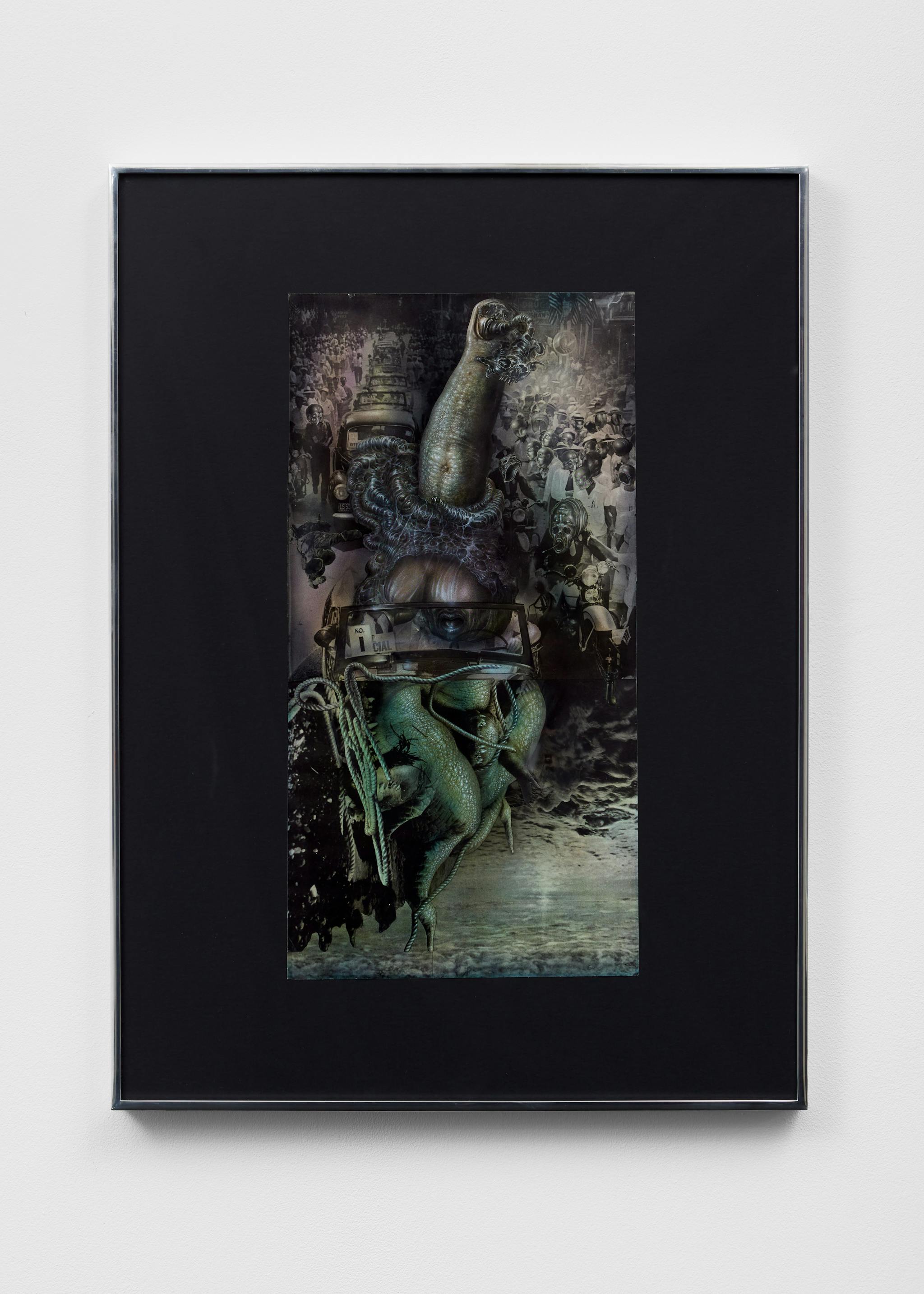
Sibylle Ruppert
Escargot / Cortège
1978
Collage with crayon, framed
71.5 x 53 x 3.5 cm
28 1/8 x 20 7/8 x 1 3/8 in

Sibylle Ruppert
Detail: Escargot / Cortège
1978
Collage with crayon, framed
71.5 x 53 x 3.5 cm
28 1/8 x 20 7/8 x 1 3/8 in

Sibylle Ruppert
Secret Service
1978
Mixed media collage, framed
46.5 x 34 x 2.5 cm
18 1/4 x 13 3/8 x 1 in
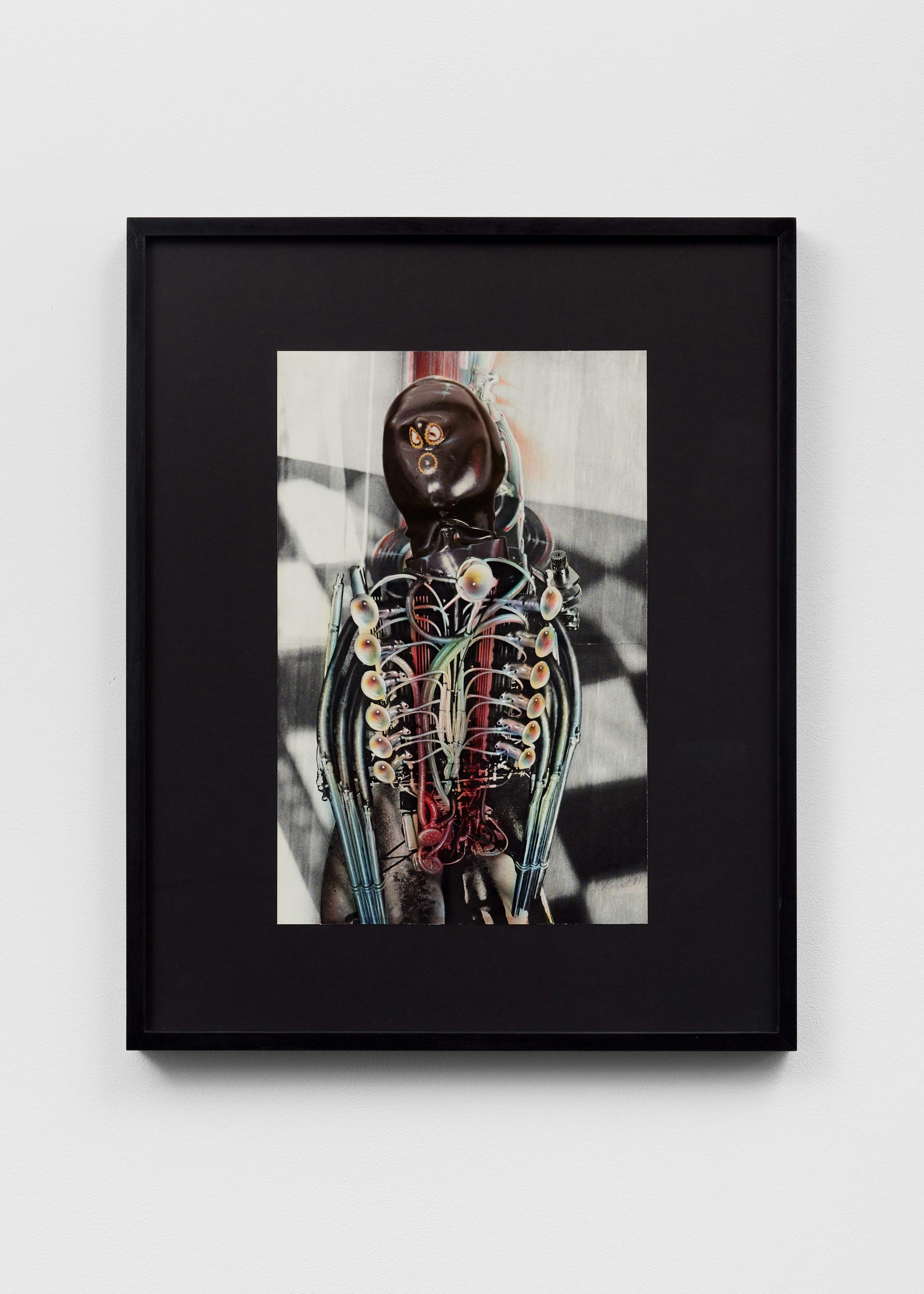
Sibylle Ruppert
Untitled
1981
Collage, framed
67.5 x 54 x 3.5 cm
26 5/8 x 21 1/4 x 1 3/8 in
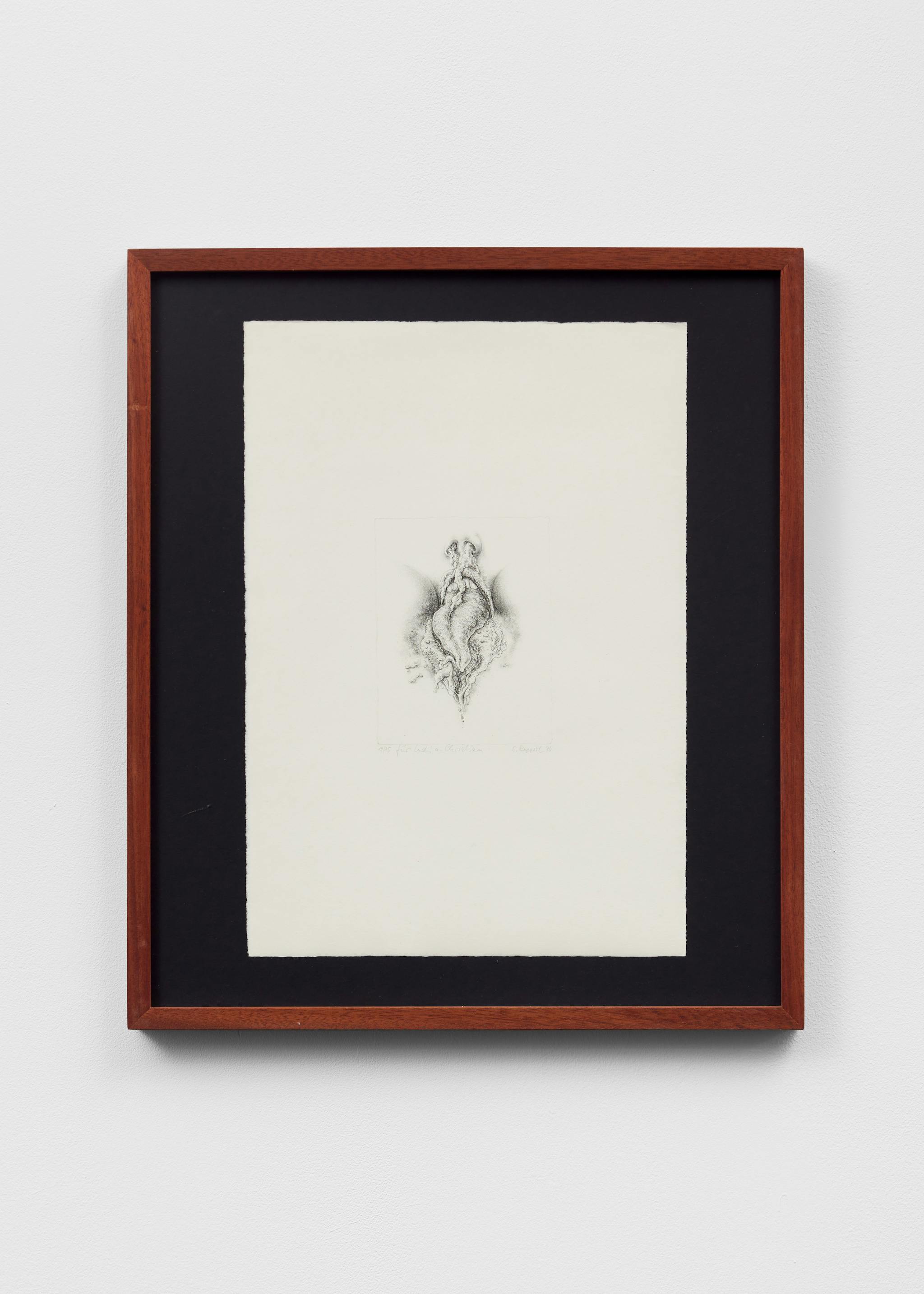
Sibylle Ruppert
La Langue
1970
Lithograph, framed
52 x 45 x 3 cm
20 1/2 x 17 3/4 x 1 1/8 in
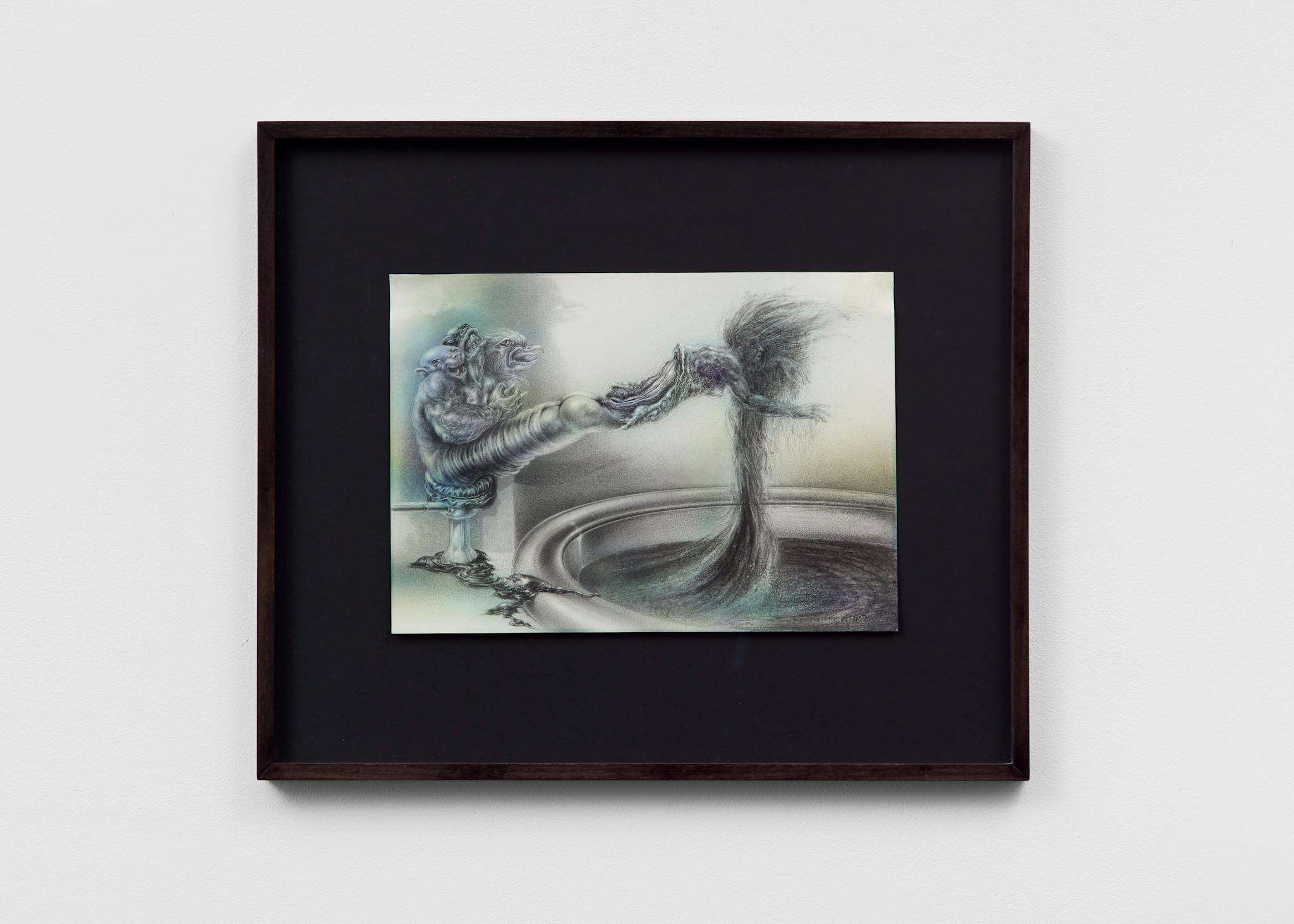
Sibylle Ruppert
La Fontaine
1977
Charcoal on paper, framed
47 x 55 x 2.5 cm
18 1/2 x 21 5/8 x 1 in
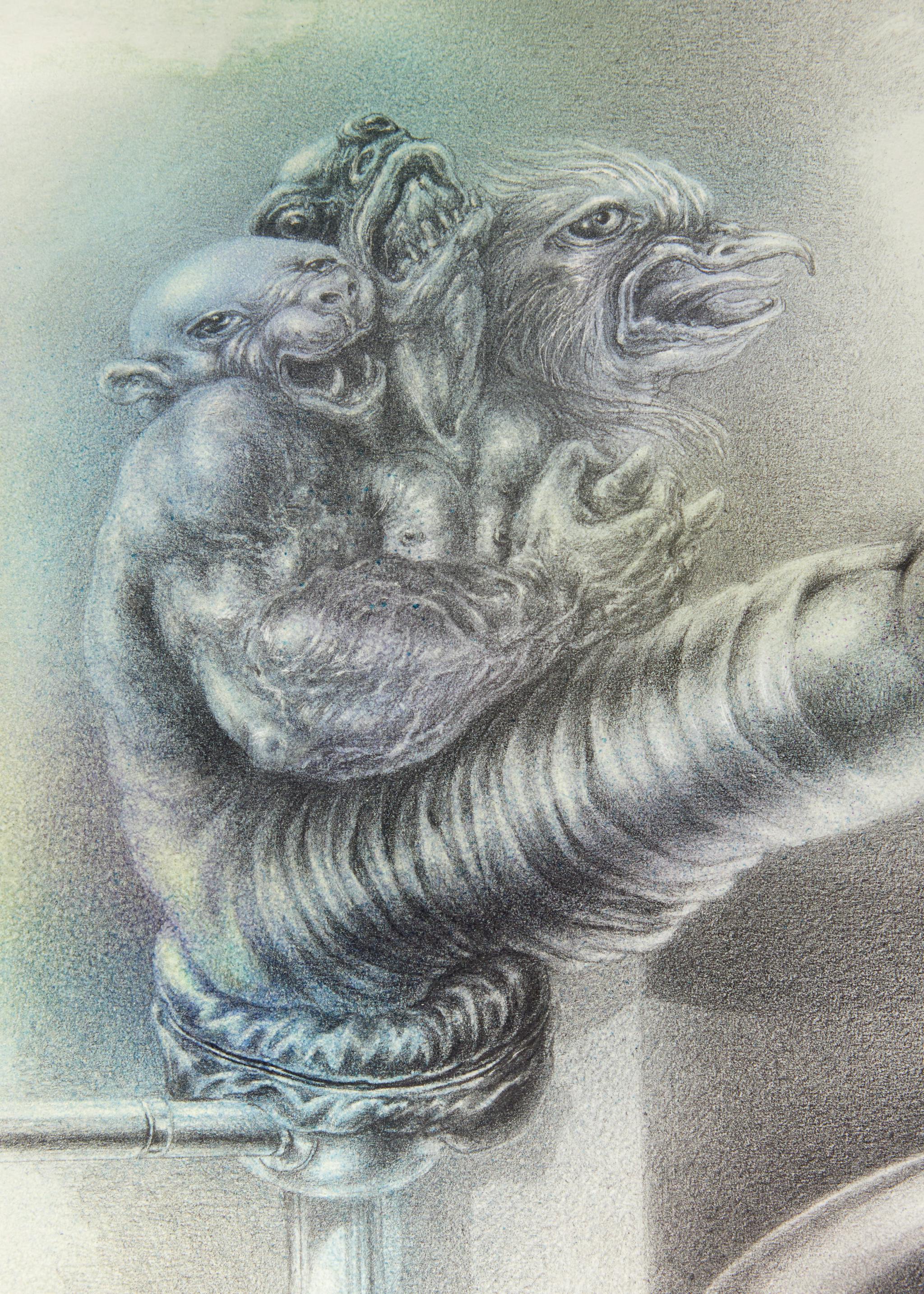
Sibylle Ruppert
Detail: La Fontaine
1977
Charcoal on paper, framed
47 x 55 x 2.5 cm
18 1/2 x 21 5/8 x 1 in
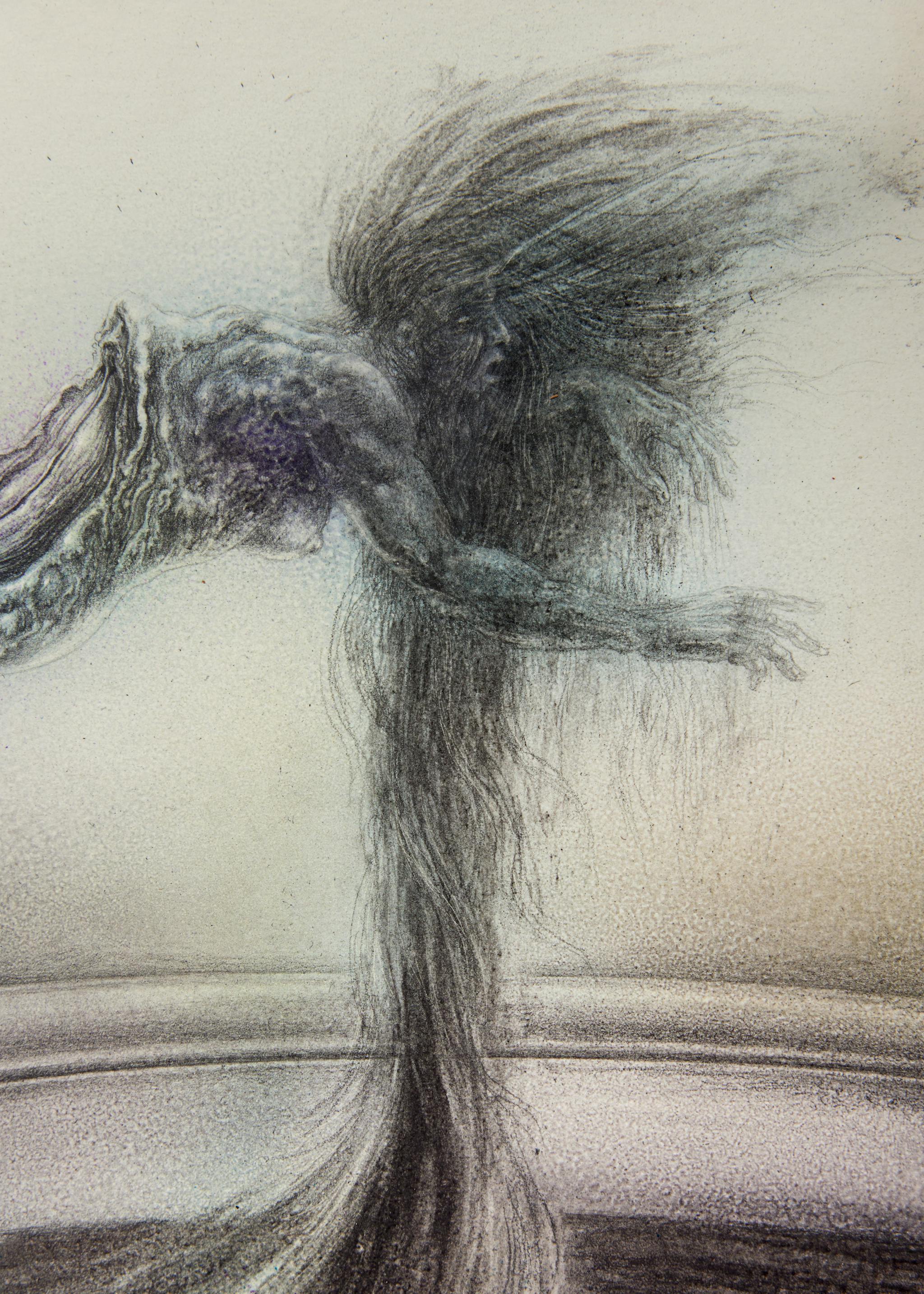
Sibylle Ruppert
Detail: La Fontaine
1977
Charcoal on paper, framed
47 x 55 x 2.5 cm
18 1/2 x 21 5/8 x 1 in
Project Native Informant presents the first UK solo exhibition of work by the German Swiss artist Sibylle Ruppert (1942 - 2011). The artist created a radical oeuvre of paintings, drawings and collages throughout the 60's, 70's and 80's in a brutal aesthetic between dark surrealism, eroticism and an intimate but fierce processing of her own private traumas.
Born during an air raid on September 8th, 1942, Ruppert studied art at the Städelschule in Frankfurt, afterwards living in Paris and New York before returning to Frankfurt and finally settling in Paris in 1976 to become a full-time artist. In the 1980’s she started giving art classes in prisons, mental hospitals, and drug addiction rehabilitation centres. A contemporary of H.R. Giger, Ruppert’s techniques of drawing and collage reference German Expressionists Käthe Kollwitz and George Grosz, as well as the path-breaking work of Hannah Höch. Her large format charcoal drawings and etchings are all characterised by an extremely detailed and elaborate depiction, inspired by the morbid and obscene writings of Marquis de Sade, Lautréamont and Georges Bataille, as well as the artistic work of Henry Fuseli, Hans Bellmer, William Blake and Francis Bacon.
In her surrealistic works, the bodily depictions are always in motion; writhing, straining, collapsing, and seemingly undergoing a monstrous transformation from human anatomies into distorted masses of abstract shape. In Ruppert’s monumental four panelled masterpiece La Bible du Mal, 1978, the traditional Renaissance altarpiece is turned on its head. Limbs outstretched, grasping, with muscles clenched and veins pulsing, it is a cacophony of bodily movement teetering between erotic pleasure and agonising pain.
Ruppert’s unique, hand coloured collages depict figures that speak of sci-fi conceptions of transhumanism. In Untitled, 1981, an obscure, latex hooded figure stands in the foreground with a dismembered torso bearing a complex machine with a network of chrome pipes and wires in place of its internal organs. Produced in an era where there was a literary and filmic fixation on the relationship between the human race and the myriad opportunities and potential dangers brought about by the rise of technology, Ruppert’s works take on a sinister prescience when read through our own contemporary lens; the advent of artificial intelligence and the challenges this poses to existence as we know it.
The exhibition’s title, Frenzy of the Visible, is derived from the cultural theorist Linda Williams’ canonical book of criticism, Hard Core: Power, Pleasure and the Frenzy of the Visible (1990/1999), the first feminist study of pornography. For Williams, the “frenzy of the visible” connotes how systems of power-knowledge are embodied in cinema. For the first time, the spectator witnesses the motion of the body—the body under duress, the body in pleasure, as in Ruppert—and the relationship between the displays of hyperkinetic motion and the eyes of the viewer.